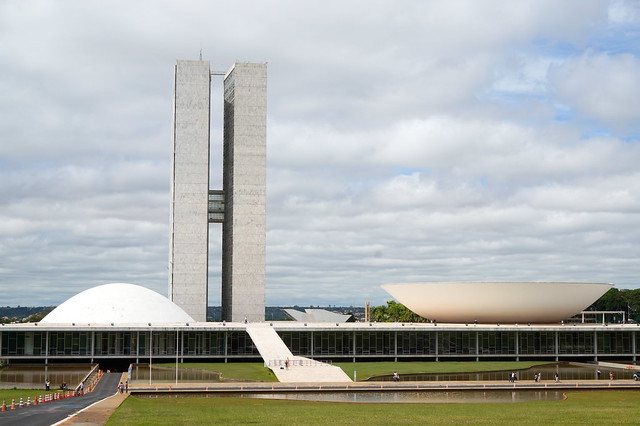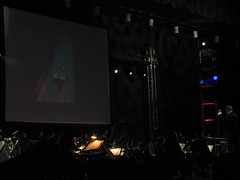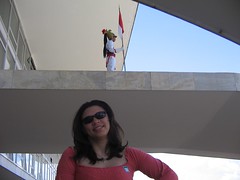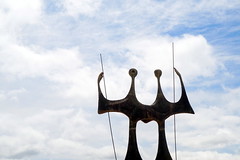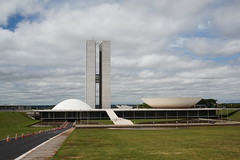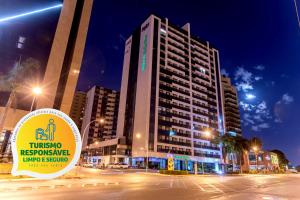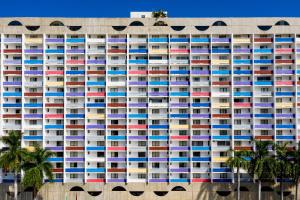Distrito Federal
The Federal District (Portuguese: Distrito Federal Portuguese: [dʒisˈtɾitu fedeˈɾaw]) is one of 27 federative units of Brazil. Located in the Center-West Region, it is the smallest Brazilian federal unit and the only one that has no municipalities, being divided into 33 administrative regions. The federal capital of Brazil, Brasília, which is also the seat of government of the Federal District, is located in its territory.
History
From the first republican constitution there was already a device that foresaw the move of the federal capital from Rio de Janeiro, at that time in the former Federal District (1889-1960), to the interior of the country. In 1891 the Exploration Commission of the Central Highlands of Brazil was appointed, led by astronomer Luiz Cruls and composed of doctors, geologists and botanists, who made a study on topography, climate, geology, flora, fauna and other material resources of the region of the Central Highlands The area was known as Quadrilateral Cruls and was presented in 1894 to the Republican Government.
In 1922 a commission of the Federal Government established the location in Goiás, but the project was closed. Only in 1955, during a few elections, the then presidential candidate Juscelino Kubitschek said he would transfer the capital. Elected president, he established the construction of Brasilia as a meta-synthesis of his Plano de Metas.
The capital of Brazil was transferred from Rio de Janeiro to Brasília on 21 April 1960 and its new territory, split off from Goiás state on the border with the Minas Gerais state, became the current Federal District. After the transfer the old Federal District, containing the city of Rio de Janeiro, became the state of Guanabara. This state existed from 1960 until 1975, when it merged with the state of Rio de Janeiro. With the merger the capital of Rio de Janeiro state was transferred back from Niterói to Rio de Janeiro itself (as it had been until 1834 when the empire created the Neutral Municipality).
Demographics
According to the IBGE of 2007, there were 2,393,000 people residing in the Federal District. The population density was .
- Urbanization: 94% (2006).
- Population growth: 2.8% (1991–2000).
- Houses: 697,000 (2006).
Geography
In area, the Federal District is more than double the size of Tokyo (Japan) or the island of Maui (Hawaii, United States). It is slightly larger than French Polynesia, the US State of Rhode Island, or Cape Verde. It is slightly smaller than Bali (Indonesia) or Trinidad and Tobago. The District is surrounded in almost its entirety by Goiás except for a short stretch along the Preto River with Minas Gerais. The District's eastern boundary is marked by the aforementioned Preto River, an eventual tributary of the São Francisco, and its western boundary by the Descoberto, an eventual tributary of the Río de la Plata. The northern and southern boundaries are roughly straight lines.
Tourism and recreation
- The Parque da Cidade
Located in Brasília, the "Parque da Cidade" ("City Park"), which is named after the wife of Brazilian president Juscelino Kubitschek, extends over four million square meters. It includes landscape works of Burle Marx, and wall tiles that decorate restrooms in the park designed by Athos Bulcão. Equipped with sports courts, a horse track, a racing kart track, skate tracks, playgrounds for children, bicycle tracks and trails for walks and jogging, the City Park attracts thousands of people everyday, specially on weekends. The park's main entrance is located in the Monumental Axis South, but there are secondary exits that lead to other areas in the city's south wing.
- The Metropolitan Cathedral of Brasilia
Designed by Oscar Niemeyer, it was inaugurated in 1970. Its shape is circular horizontally and structured around 16 curved pillars, forming a crown filled with futuristic and/or spatial stained-glass works in a triangular shape. The pillars evoke reversed praying hands that deconstruct the gothic traditional church window pattern, but conserves the triangular vaginal shape of the stained-glasses. The curves present in many of Niemeyer's works pay homage to the beautifully built bodies of Brazilian women.
The stained-glasses were designed by Marianne Peretti. Their disposition ensures natural lighting into the aisle, which was built below street level. Around the church, in the outside area, visitors can see Alfredo Ceschiatti's sculptures — the four evangelists — and inside, suspended angels. There are also paintings by Emiliano Di Cavalcanti, representing the stages of the Passion of Christ, and paintings by Athos Bulcão. The cathedral is located in the Eixo Monumental mall, at the entry to the Esplanada dos Ministérios, or Ministries Sector.
- The "Three Powers Square"
Praça dos Três Poderes concentrates some of the most important and significant buildings in the work and career of Oscar Niemeyer — the Planalto Palace, headquarters of Brazilian Presidency; the National Congress, hosting the Chamber of Deputies and the Federal Senate; and the Higher Courts of Justice. The Square also hosts: the Panteão da Pátria (Pantheon of the Fatherland), the Lúcio Costa Space and three important sculptures — "Pombal", by Niemeyer; "Justice", by Alfredo Ceschiatti; and "Os Candangos", by Bruno Giorgi. In the central plaza, a giant Brazilian national flag is supported by a triangular black and high pole. It is located at the end of the Esplanada dos Ministérios.
Infrastructure
- Vehicles: 910,502 (March/2007)
- Mobile phones: 2.7 million (April/2007)
- Telephones: 884 thousand (April/2007)
- Cities: 31
Flag
The white background of the flag stands for peace, and gives the idea of infinity, or the vast Brazilian territory. The green and yellow colours in the middle refer to the most commonly used of the four colours of the national flag to represent Brazil. The four yellow arrows symbolize the native nations of Brazil, whereas their pointing into the four cardinal directions of the compass stands for the centralized emanating political power of Brasilia, as the capital of the country. The yellow arrows also form a cross, which symbolizes both the Southern Cross, a constellation seen only in the Southern Hemisphere and the Roman Catholic or Christian symbol of redemption brought by Pedro Álvares Cabral and under whose shadow the first Mass in Brazil was celebrated in 1500 in Bahia. With their feathers, the arrows form a lozenge in the middle, a reference to yellow lozenge of the national flag, that stands for Brazil's mineral riches.
The flag was created by the poet and herald Guilherme de Almeida, and was adopted by decree n.o 1090 on August 25, 1969.
Voting rights
The Federal District has eight seats in the Chamber of Deputies and three in the Federal Senate. Its population also votes its governor and district deputies (which function as both state deputies and aldermen in the municipalities), but not regional administrators, which are appointed by the governor itself, respecting the government centrality of the Federal District.
External links
Hotels Distrito Federal
Looking for places related to Distrito Federal?
Those are other destinations to find places related to Distrito Federal:
